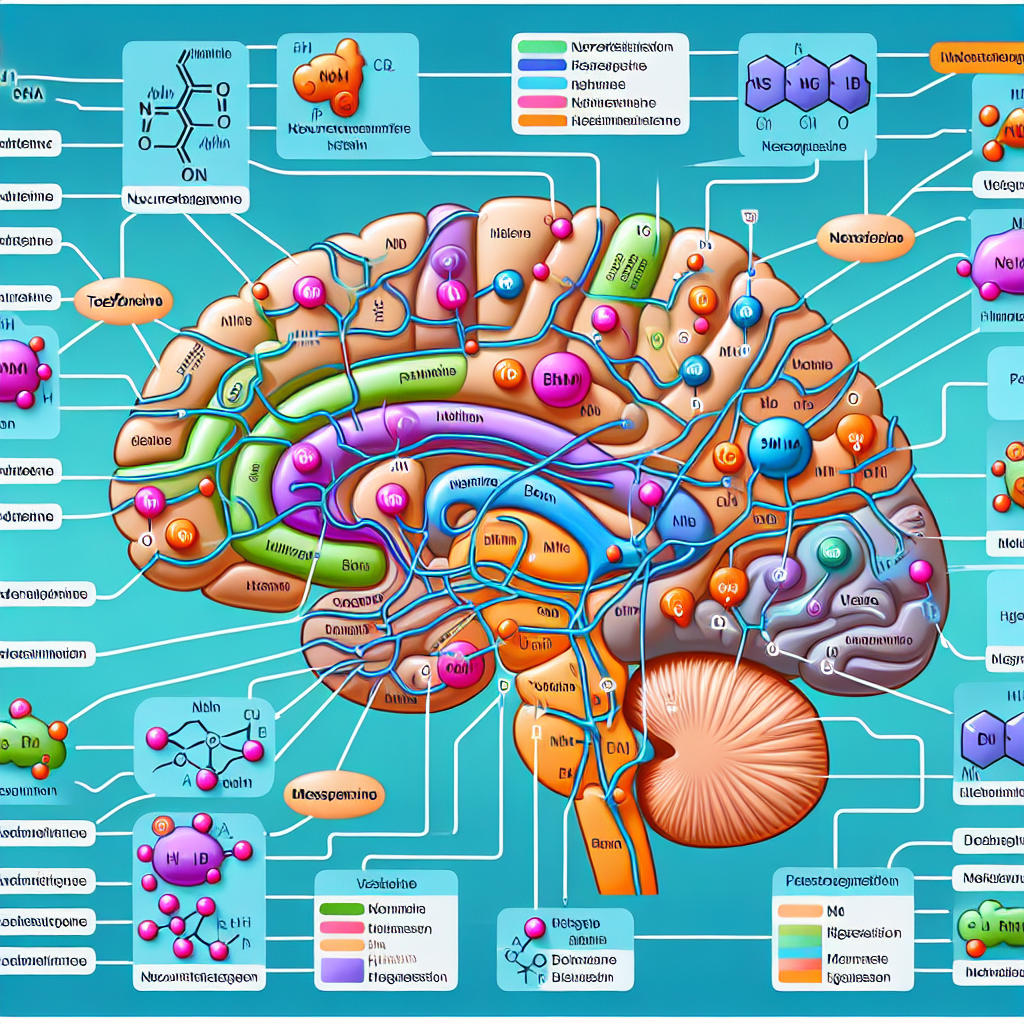
Tesofensine Tablets: Advancing Neuro Modulation
```
In recent years, the world of metabolic research has been buzzing with discussions about a promising compound known as tesofensine. Originally developed for neurological disorders, tesofensine tablets have now emerged as a potential game-changer in neurotransmitter modulation studies. This revolutionary approach offers new insights into energy balance and metabolic processes.
At its core, tesofensine functions by inhibiting the reuptake of three key neurotransmitters: dopamine, norepinephrine, and serotonin. This unique mechanism results in an increased concentration of these chemicals in the brain, leading to enhanced mood and reduced appetite. Such properties make it a fascinating subject for research-grade studies focused on metabolic regulation.
One of the most intriguing aspects of tesofensine is its potential impact on weight management. Preliminary studies suggest that the compound can significantly aid in weight loss by modulating energy balance. As researchers delve deeper into its effects, the possibility of tesofensine becoming a cornerstone in obesity treatment becomes increasingly tangible.

Despite its promising potential, it's important to approach tesofensine with caution. While initial results are encouraging, further comprehensive studies are necessary to fully understand its long-term effects and safety profile. The scientific community remains optimistic yet vigilant as they continue to explore this intriguing compound.
As research progresses, tesofensine could revolutionize how we approach metabolic disorders and weight management therapies. The ongoing exploration into its capabilities underscores the importance of innovative approaches in medical science.

In conclusion, tesofensine tablets represent a beacon of hope in the realm of neurotransmitter modulation and metabolic research. As we uncover more about their potential applications, they may well pave the way for groundbreaking treatments that enhance both mental and physical well-being.

```

